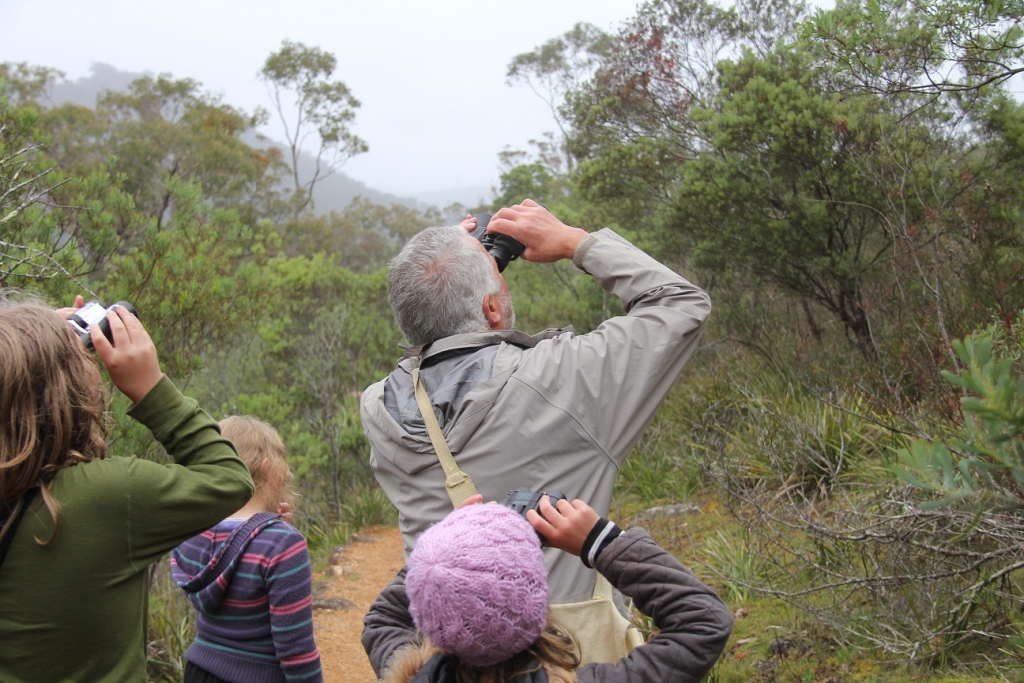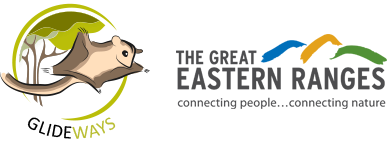
Participate in a citizen science bioblitz this weekend.
This weekend is the Great Southern Bioblitz, and you’re invited to take part in this epic citizen science event.
K2W Link is the area manager for the Upper Lachlan and Goulburn Mulwaree areas. Other parts of the K2W link are managed by Central Tablelands (this includes Cowra, Bathurst, Blayney, and Oberon).
The purpose of the Great Southern Bioblitz is to document the flora, fauna, fish and fungi of the Southern Hemisphere while providing a platform for groups, associations, local governments, and individuals to encourage engagement in citizen science.
To get involved in this year’s Great Southern Bioblitz:
- Download the iNaturalist app to your device
- Make observations this weekend (between 12:01am on Friday, 24 November to 11:59 on Sunday, 27 November.) Don’t worry, if you are unable to identify the organism, it can be identified later through good, clear photos or sounds.
Here are some fun ideas to get you started.
#5ONFRIDAY
Kickstart your GSB2021 observations by taking five observations on Friday.
#MOTHNIGHT
On Saturday night, hang a white sheet outside and shine a light on it. Then leave it for an hour and wait for your winged visitors to arrive. Don’t forget to take a photo.
#SHAKEATREE
On Sunday, spread a white sheet under a tree. Give the tree a shake. What falls out? This is a great activity to do with kids, big and small.
#LISTENANDSEE
On Monday, close your eyes and listen. What can you hear? Upload an audio sighting. Grab a pair of binoculars or a magnifying glass. What can you see? Upload something you’ve never seen before, as well as something you have.
Every observation uploaded becomes a valuable data point representing an encounter with a species at a point in space and time. After observations are identified, the data are piped into databases like the Atlas of Living Australia and the Global Biodiversity Facility, where they can be used by scientists, schools and more for research.
The event is run by a grassroots network of keen volunteer citizen scientists from across the globe.
In 2022, over 180 areas from 18 nations across three continents participated.
